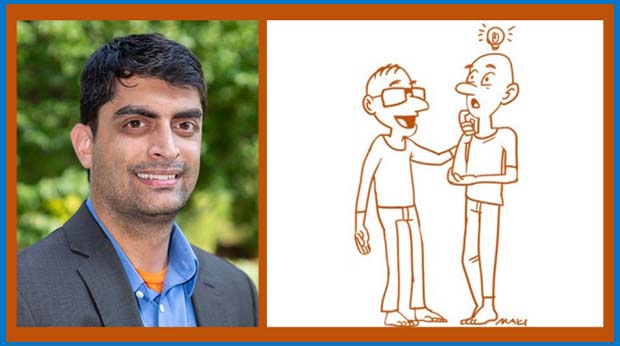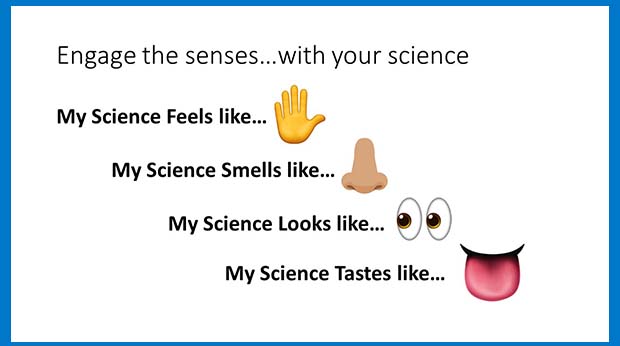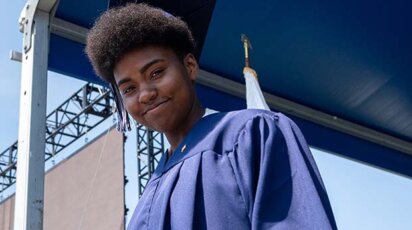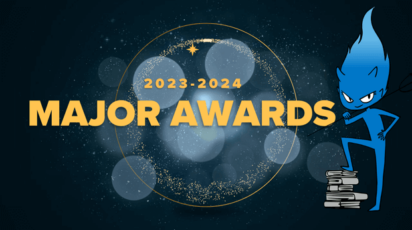News
Dr. Laungani’s Strategies to Make Science Approachable

Poly faculty, many of whom have great expertise in their fields, are at times invited to lecture at other schools. That was the case when our Chair of the Science Department Dr. Ramesh Laungani was asked by a colleague, Dr. Jason Macrander, to present a lecture about effective modes of communicating science at Southern Florida College on October 11.
Communication Is Key
Being able to modify how one communicates scientific terms and concepts to make them more understandable to a wider audience is part of a scientist’s job. Dr. Laungani explained his in-person lecture “was geared toward science major undergraduates and science faculty to give them some strategies on how to effectively communicate science to public audiences.” It was geared toward future teachers and scientists but “mostly to future scientists who are looking for techniques to more effectively communicate their science.”
Three of the strategies that Dr. Laungani suggested in his lecture were:

- Do not make it a one way lecture…do not make it a brain dump.
- Engage with the senses, describe your research through analogies and experiences such as food, smell, touch, etc.
- Build trust with the audience by showing them that you are a person just like them before you are a scientist.
Asked if in his lecture he addressed problems scientists may have had in communicating aspects of the COVID-19 epidemic, Dr. Laungani said, “While I did mention the COVID-19 pandemic, it was not a specific focus. I used it as an example of how important clear science communication is when we need to keep the public safe.”
“Debunking scientific misinformation is a full time job…”
How can scientists counteract false information on social media? “Debunking scientific misinformation is a full time job,” Dr. Laungani said, “and there are some amazing professionals who do this and do so very effectively. However, most scientists are not trained to do so, and so they revert back to dumping facts on people, which can often backfire. The best way to counter false information on social media is to have one-on-one conversations with people rather than a comment thread on Facebook or Twitter.”
In Practice
After his lecture, what questions did Dr. Laungani’s audience have for him? “The students asked, ‘How do I get my parents (or family) to believe in the fact that human activity is driving climate change?’” Dr. Laungani said. “I told them that they cannot walk into that conversation trying to make someone ‘believe.’ It is important to ask, what do they think about a topic like climate change and why do they think that? This will give the student a great place to start.”



